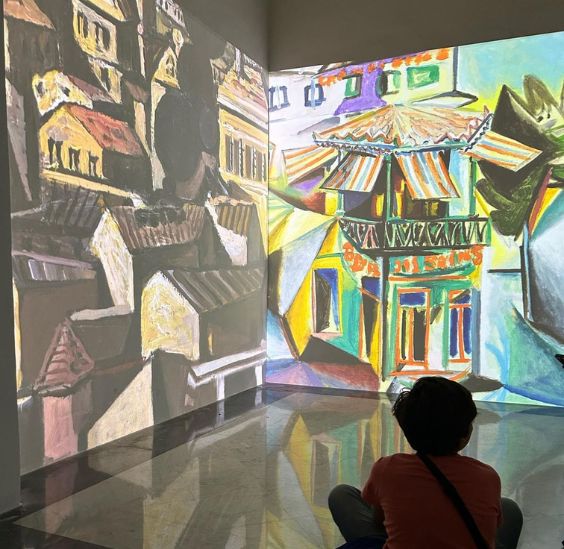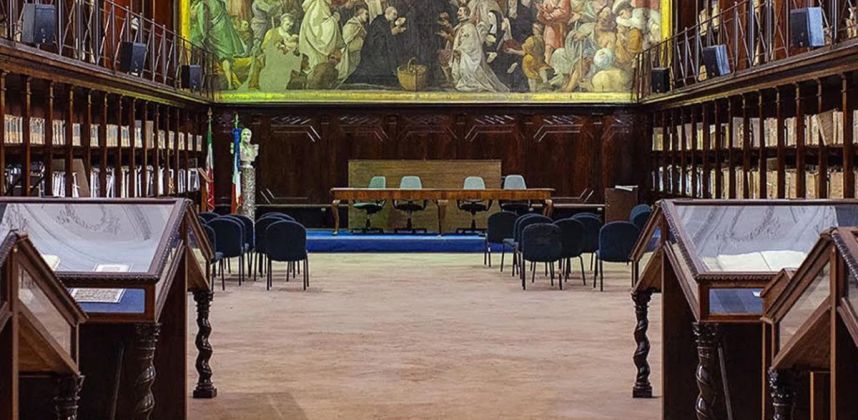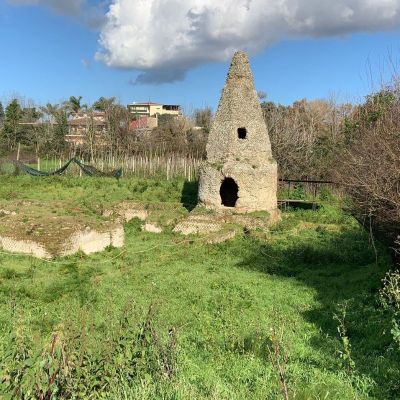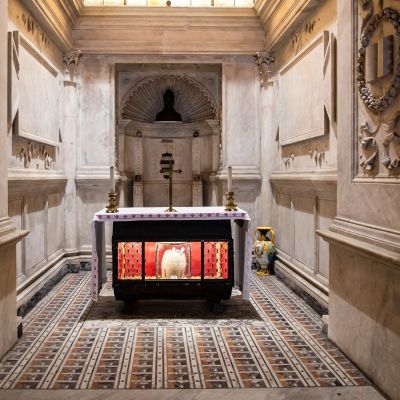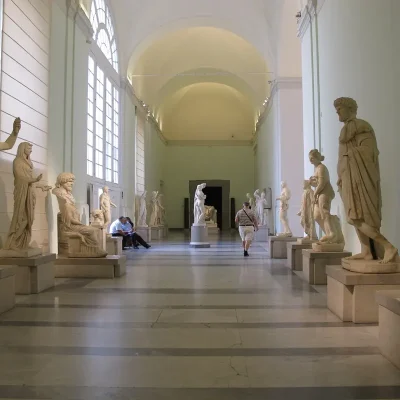Naples, a city known for its rich cultural tapestry, welcomes art enthusiasts to the “Pasión Picasso” exhibit at the Archivio di Stato. This free immersive exhibition unfolds the genius of Pablo Picasso, one of the most influential artists of the 20th century.
Visitors are invited to embark on a visual and emotional journey that transcends traditional art displays, thanks to the sophisticated use of immersive technology. This article aims to guide you through the highlights of this extraordinary event, including its significant artworks, historical context, and the global celebration of Picasso’s legacy.
14 October – 11 March 2024 Archivio di Stato, Naples.
The Archivio’s collections, ranging from ancient manuscripts to modern photographic records, tell the story of a city that has been a crossroads of civilizations for centuries. Each document, map, and photograph in the archive is a thread in the intricate tapestry of Neapolitan history. Together, they form a narrative that is as complex as it is captivating.
The exhibitions and conferences hosted by the Archivio bring this narrative to life, offering dynamic and engaging ways to interact with history. These events serve not only as educational experiences but also as opportunities for dialogue and reflection, connecting the past with contemporary issues and perspectives.
Moreover, the Archivio’s commitment to preserving and sharing its collections, including through digital archives, ensures that this priceless heritage remains accessible to all. It is a resource for scholars, a treasure for history enthusiasts, and an open door for the curious.
Visiting the Archivio di Stato di Napoli is more than just a tour of an archive; it is an immersion into the heart and soul of Naples. It is an invitation to explore, to learn, and to connect with the rich tapestry of human history and culture that Naples embodies.
The Heart of the Exhibit
The main attraction of “Pasión Picasso” lies in its remarkable display of 39 masterpieces from the legendary Spanish artist. These works, sourced from various international museum collections, showcase the diverse phases of Picasso’s artistic journey.
What sets this exhibit apart is the innovative use of immersive technology developed by Softec. It allows visitors to engage with Picasso’s art in a novel way, creating a multi-sensory experience that brings each painting and sketch to life.
This immersive technology transports visitors into Picasso’s world, blurring the lines between reality and art. The exhibition’s layout is designed to mimic the flow of Picasso’s own creative process, guiding viewers through the various stages of his artistic evolution. From his early works to his later, more abstract creations, each piece tells a part of Picasso’s story, offering insights into his mind and methods.
What’s particularly captivating is the way the exhibit highlights Picasso’s groundbreaking approach to art. His bold use of color, innovative perspectives, and emotional depth are amplified by the immersive setting. Visitors can almost feel the brushstrokes and sense the emotions behind each artwork. This section of the exhibit not only displays his paintings but also includes sketches and lesser-known works, providing a comprehensive view of Picasso’s artistic range.

A Dive into History
Beyond the artworks, “Pasión Picasso” delves into the historical context of Picasso’s life and career.

The exhibit includes a collection of archival materials, like news articles, postcards, photographs, and autographed letters from the artist himself. These items date back to his controversial exhibitions in Rome and Milan in 1953, offering a glimpse into the artist’s interactions with the world during that period.
These historical documents are not just footnotes to Picasso’s artworks; they are integral to understanding his influence and the reactions he provoked. The archival materials reveal how Picasso’s work was received in different cultural contexts, shedding light on the controversies and acclaim he garnered. This part of the exhibit serves as a bridge, connecting visitors to the past and providing a richer, more nuanced understanding of Picasso’s impact on the art world.
Celebrating Picasso’s Legacy
The “Pasión Picasso” exhibit is part of a larger, international celebration marking the 50th anniversary of Picasso’s death.
This global event, coordinated by the Spain-France Binational Commission, seeks to honor Picasso’s enduring legacy in the art world. The Naples exhibit plays a crucial role in this celebration, highlighting the artist’s ties to Italy and his broader influence on European art.
In this section, the exhibit explores the various ways in which Picasso’s work continues to inspire and challenge artists today. It’s not just a retrospective; it’s a dialogue between the past and the present, showing how Picasso’s revolutionary ideas still resonate in contemporary art. The exhibit thus serves as a testament to Picasso’s lasting impact, inviting visitors to reflect on the ways in which his work continues to shape our understanding of art and creativity.
